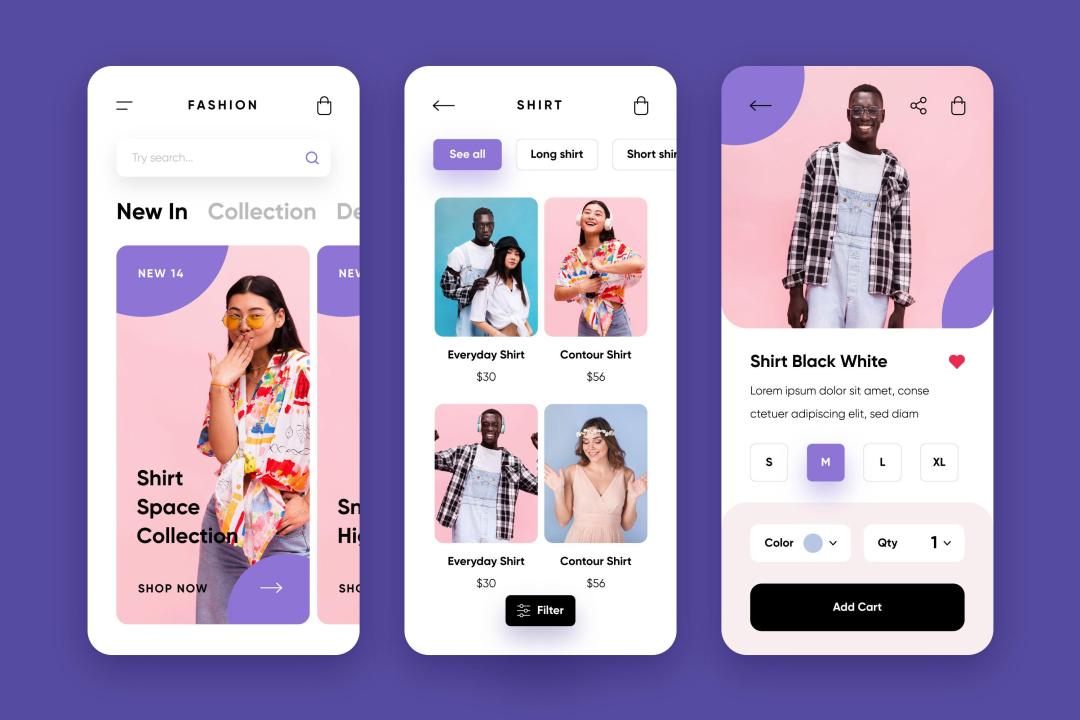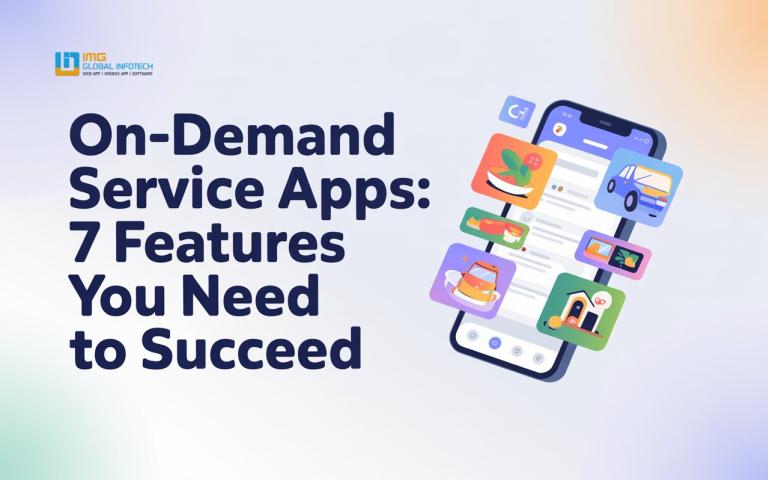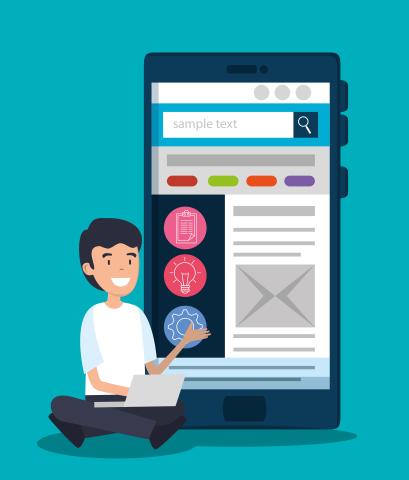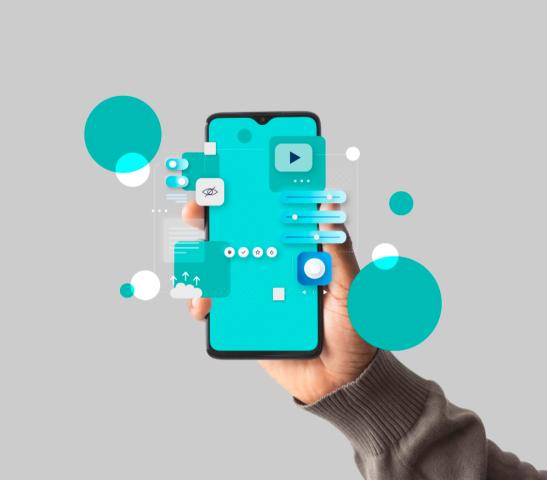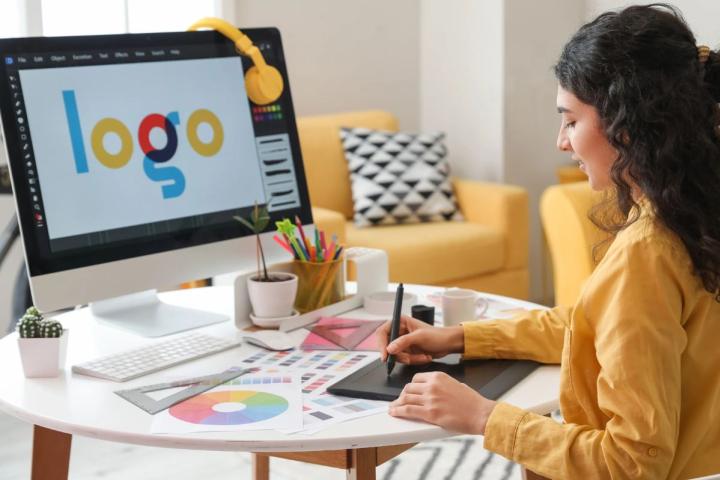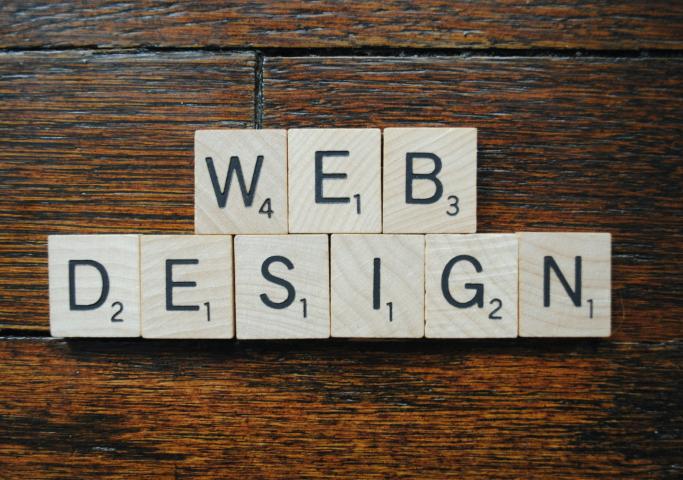Designing an app that not only looks great but also feels intuitive requires more than just creativity — it’s a balance between aesthetics, usability, and purpose. Whether you're working on a mobile app for a startup or refreshing the interface of an established product, here are essential principles to guide the process and ensure your design truly connects with users.
1. Start with a Solid User Flow
Before jumping into visuals, define how users will interact with the app. Map out the key tasks and journeys, ensuring that every screen has a purpose and leads somewhere logical. A beautiful design won't matter if users get lost or frustrated trying to achieve their goals.
2. Prioritize Clarity and Simplicity
Simplicity is powerful. Use clean layouts, intuitive navigation, and a restrained color palette to help users focus. Avoid overloading screens with too much information. Each design element should serve a clear function and support the user experience.
3. Design for Touch and Movement
Apps aren’t just viewed — they’re interacted with. Buttons need to be large enough for thumbs, gestures should feel natural, and transitions should guide rather than distract. Consider microinteractions to provide feedback and delight users during routine actions.
4. Stay Consistent, but Flexible
A consistent design system builds trust and makes learning the interface easier. Use a cohesive set of colors, fonts, icons, and spacing rules. However, be ready to adapt the system to handle edge cases or new features without breaking the visual harmony.
5. Use Color and Typography with Purpose
Color can communicate emotion, direct attention, and indicate action. Typography should enhance readability and reinforce the brand’s tone. Choose a hierarchy that scales across devices and screen sizes, and always test for accessibility.
6. Prototype and Test Early
Interactive prototypes help you catch issues before development. They’re invaluable for testing navigation, animation timing, and overall usability. Get real users involved early — their feedback often reveals insights you won’t catch on your own.
7. Design for Performance and Accessibility
An attractive app must also be fast and inclusive. Optimize image sizes, avoid unnecessary effects, and follow accessibility standards (like proper contrast ratios and screen reader support). A design that excludes users is inherently broken.
